With today’s speed of change, many organizations have already adopted the concept of an agile workplace. Agile workplaces view work as dynamic with the mindset of being ready to pivot if needed, which also means being able to navigate ambiguity and the unknown effectively.
While organizations may strive to create agile work environments, the reality may be different if employees are not adequately equipped to adopt an agile attitude.
Let’s examine Eric’s case. Eric is a senior engineer who has been on the Enterprise IT Services team for the past eight years. He and others in the IT department have received training on agile methodologies and how to navigate change in the past year. However, Eric still finds it annoying when his manager tells him to change direction or start over. He thinks of his past efforts as wasted efforts, and his frustration around these changes is starting to impact the team dynamic negatively.
So what can be done? How can we equip employees to adopt an agile attitude in the workplace?
Embedding an Agile Attitude
Having an agile attitude means having a mindset of continuous improvement, which is all about adapting quickly to new ways of working and embracing constant change. It also means embracing failure, or better yet — failing forward. For this mindset of continuous improvement to become part of your workplace DNA, an agile attitude must be deeply embedded in how employees think and behave so that everyone moves forward together.
Creating a Coaching Culture
Moving forward together means creating shared understanding around behaviors. The best way to do this is by developing a coaching culture. Why? Because coaching provides an opportunity to self-reflect and become aware of your actions and inactions, which drive to (or don’t drive to) greater results. The very nature of this process opens up one’s mind to be more open, to be better at receiving and giving feedback, and to constantly think of what continuous improvement could achieve. If you then translate this thinking and behaviors to the concept of agility — you’re already halfway there!
Developing Workplace Coaches
One of the best ways to build a coaching culture is to develop coaches throughout the workplace. Being a coach means helping others become aware of the gap between where they are and where they want to be. It also means holding each other accountable for actions. With workplace coaches, employees can better understand areas for growth individually and for the organization as a whole. By doing so, you’ll start to notice an agile mindset evolving within your workplace.
How We Can Help
At HumanQ, we help organizations foster a coaching culture through our highly effective group Coaching Tracks that build the HumanQ Framework. Within the cohorts, Coachees can lean on each other for accountability and support, increasing their ability to coach each other. We also offer specialized ‘Manager as Coach’ Tracks, which are designed for transformation.
Viewing everything through a lens of continuous improvement and “what can I do to make this better” starts with having the right attitude. Individuals must be resilient enough to ride the changes and come up on the other side of success.
Are you ready to make an agile workplace your reality? Then let us know.
Nishika de Rosairo | CEO and Founder | HumanQ
Contact Nishika: nishika@humanq.com
Contact HumanQ: info@humanq.com
Website: www.humanq.com












